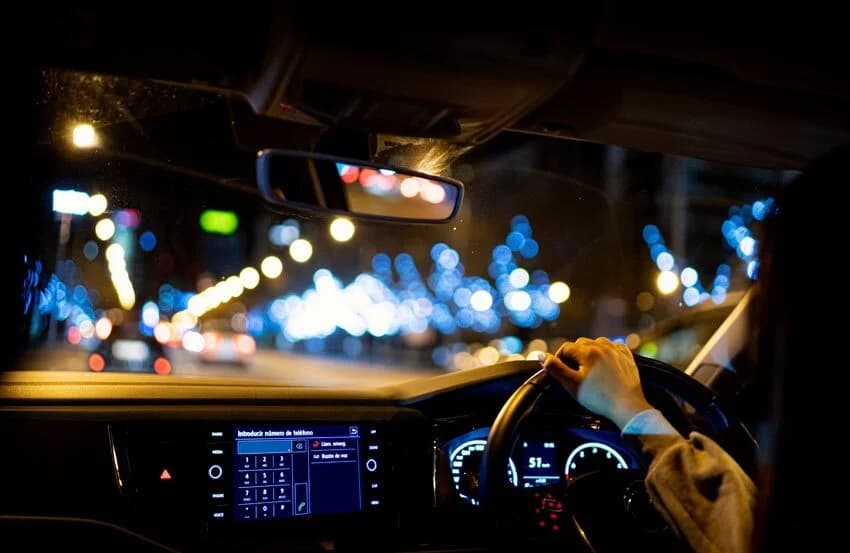Loading News Article...
We're loading the full news article for you. This includes the article content, images, author information, and related articles.
We're loading the full news article for you. This includes the article content, images, author information, and related articles.
Driving at night or in bad weather can be a nerve-wracking experience. This guide provides essential tips for staying safe on the road in rainy, stormy, or night conditions, from using your lights and wipers effectively to slowing down and maintaining a safe following distance.

Nairobi, Kenya – Whether it’s an evening drive along Thika Road or navigating a stormy shortcut through Ngong, Kenyan drivers know that weather and darkness can change everything. With unpredictable rains and poorly lit roads, safety becomes a matter of smart preparation and sharp awareness.
Here’s how to protect yourself—and others—when the road gets risky.🚘
Tip #1: Be Seen & See Clearly
Visibility is everything in bad weather or at night.
💡 Turn on your headlights in rain—even during the day
🧼 Clean your windshield, mirrors, and lights regularly
🔄 Replace worn-out wipers to prevent smearing
🛠️ Check your defogger to prevent mist buildup inside the car
⚠️ If you can’t see clearly, don’t drive blindly. Pull over until conditions improve.
Kenyan roads get especially slick during rainstorms, making it easier to skid or hydroplane.
🐢 Reducing your speed—even below the limit if needed
📏 Leaving extra space—at least 4–6 seconds behind the car in front
❌ Avoiding sudden braking or swerving
🛞 If your car starts to hydroplane, ease off the accelerator and gently steer straight—don’t slam on the brakes.
Flooded streets are common during Nairobi rains and can hide dangerous potholes or stalled vehicles.
🚧 Avoid driving through deep or fast-moving water
⚠️ If unavoidable, drive slowly and steadily to avoid stalling
💨 After, lightly tap your brakes to dry them out
🌪️ When in doubt, find an alternate route. A detour is safer than a submerged engine.
Nighttime driving in Kenya comes with its own dangers—low visibility, glare, and hidden hazards.
🔆 Use low beams in traffic, high beams only on empty, dark roads
👁️ Dim your dashboard lights to reduce internal reflection
🧼 Keep mirrors clean to avoid headlight glare
🚶 Watch for pedestrians, cyclists, and livestock—especially on rural or unlit roads
👀 Stay alert. At night, danger often comes from what you can’t see.
Cruise control is convenient—but dangerous in wet or low-visibility conditions.
❌ It reduces your ability to respond quickly
❌ It can increase the chance of hydroplaning
✅ Keep full control of the pedals at all times
🧠 You need fast reflexes, not automated systems, when conditions change in a flash.
|
Item to Check |
Why It Matters |
|---|---|
|
Headlights & taillights |
To see and be seen in low-light conditions |
|
Wipers & washer fluid |
To keep your vision clear during rain |
|
Tyre tread & pressure |
For grip and safe stopping distance |
|
Brake response |
Wet roads require more stopping power |
|
Defogger & A/C system |
To prevent internal windshield fogging |
Rain and darkness don’t have to mean danger—but they do require respect. Adjust your driving style, stay focused, and prepare for the unexpected.
🚗 In Kenya’s ever-changing road conditions, smart drivers don’t rush—they adapt.
Keep the conversation in one place—threads here stay linked to the story and in the forums.
Other hot threads
E-sports and Gaming Community in Kenya
Active 6 months ago
Popular Recreational Activities Across Counties
Active 6 months ago
Investing in Youth Sports Development Programs
Active 6 months ago
The Role of Technology in Modern Agriculture (AgriTech)
Active 6 months ago